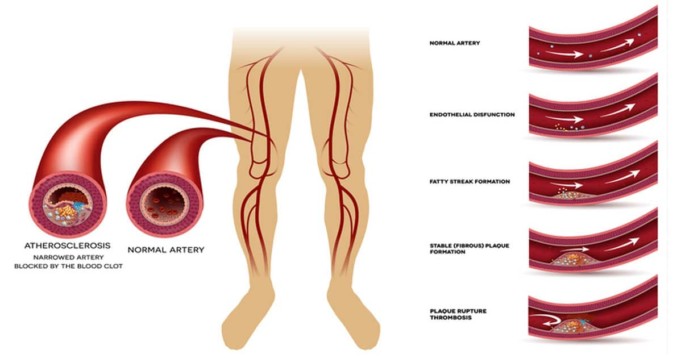The illness called hypertension which is caused by narrow arteries is not something new to most of us. We have either had a family member or a friend that has experienced it, or we probably have heard of someone who has had to deal with this condition.
For those who are unaware what, hypertension or high blood pressure actually is, in this article we would explain a little bit of it but you can read further from here.
What is hypertension or high blood pressure?
When you hear about high blood pressure, it refers to the amount of pressure of your blood against the walls of your artery.
If unchecked, hypertension can cause damage and various health problems such as kidney disease, heart disease, and even stroke as well as several other conditions over some time. Hypertension is a very tricky condition.
In fact, sometimes it has been referred to as the silent killer because it can go unnoticed and untreated due to the fact that it shows no symptoms for years.
An estimate of about 75 million citizens of the United States of America suffers from high blood pressure according to reports from the centre for disease control and prevention.
A lot of risk factors of high blood pressure are usually beyond our control factors such as race age family history and gender. However, there are plenty of factors that you can also control such as the kind of foods you eat and also exercise.
A diet that is rich in fibre, potassium, magnesium and also low in sodium is just perfect for helping you control your level of blood pressure.
As you read further, you will learn about the foods that are healthy for a person with high blood pressure and those that can help you regulate your blood pressure if you suspect and risk.
Foods to Widen Narrow Arteries
1. Leafy greens
The power of leafy green vegetables is usually underestimated. Leafy greens contain potassium which is wonderful at helping your kidney eliminate excess sodium through your urine and in turn will lower your blood pressure.
Some of the leafy greens with very high potassium content includes:
- Kale
- Spinach
- Arugula
- Swiss chard
- Beet green
- Collard green
- Romaine lettuce
- Turnip green
I wouldn’t advise you to purchase canned vegetables because they mostly have added sodium. However, frozen vegetables are almost as nutritious as fresh ones, and they are easier to store.
If you’re in the mood for some green drink, you can find also blended vegetables with bananas or nut milk.
2. Berries
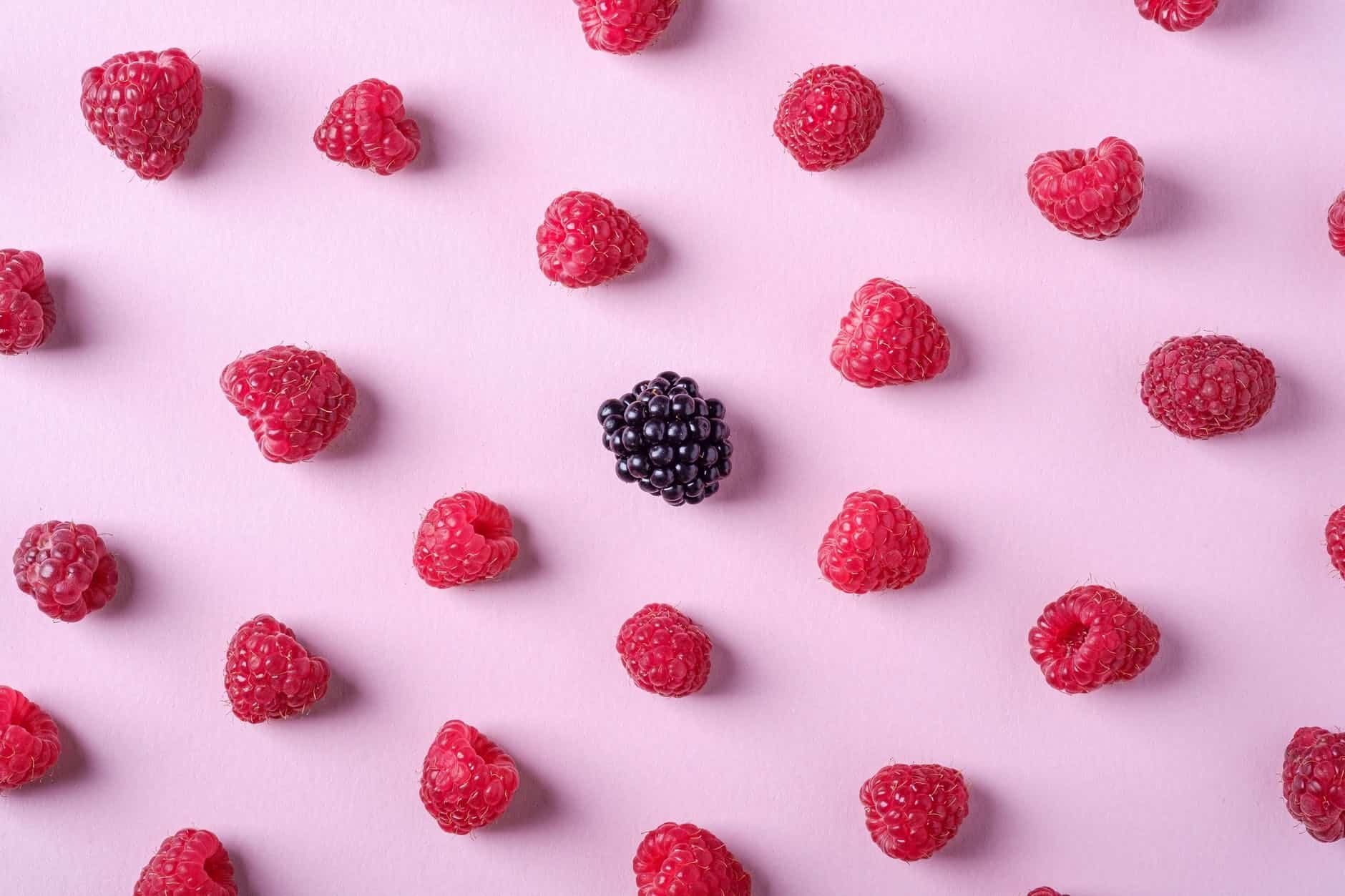
Most berries especially blueberries contain a natural compound called flavonoids. A certain study has claimed that consuming these compounds called flavonoids could help reduce high blood pressure and help to maintain healthy blood pressure.
It is very easy to add raspberries, strawberries, and blueberries to your diet. You can choose to add them to your granola or cereal for breakfast, or you can decide to keep them frozen and also handy as a healthy and quick dessert whenever you need one.
3. Red beets
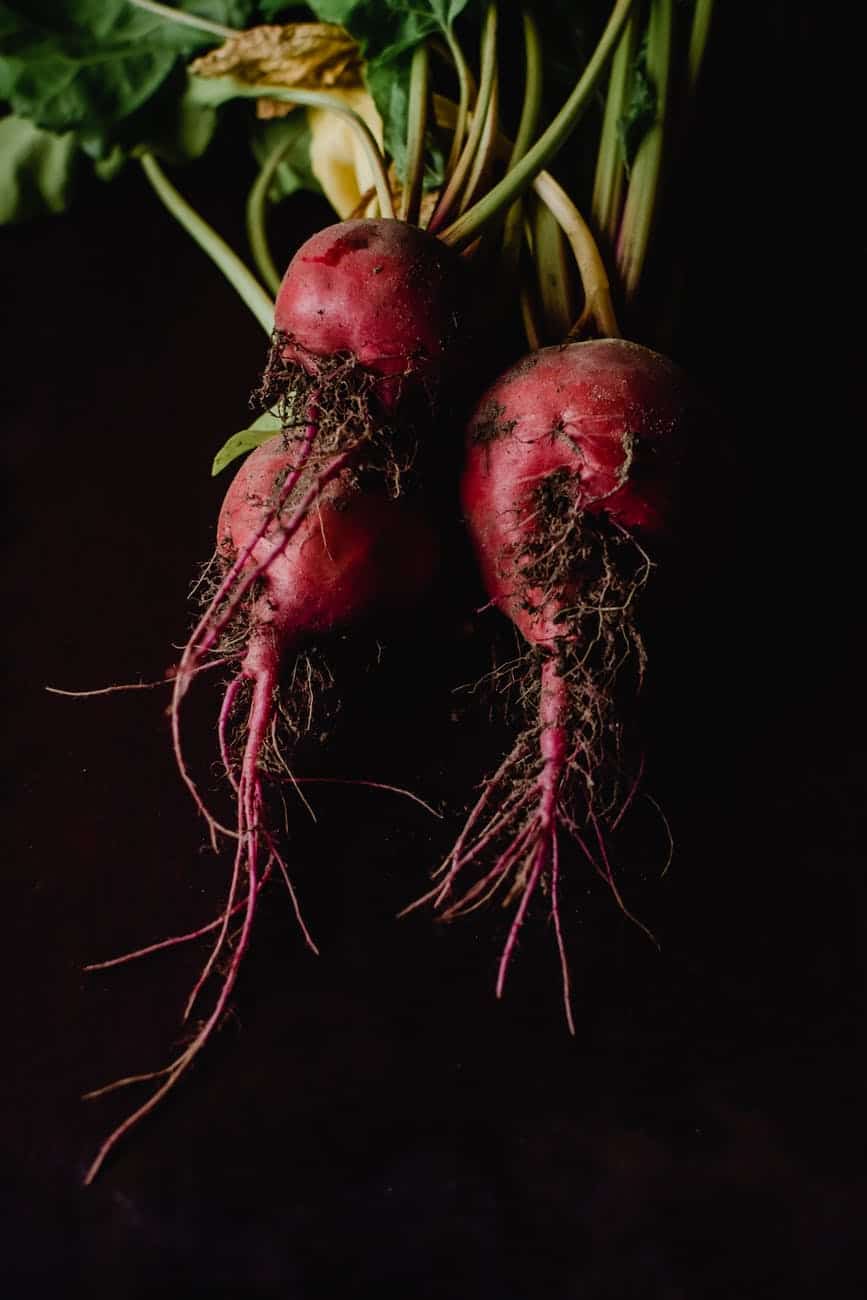
Beets have a high nitric oxide content which is very good when it comes to opening up your blood vessels and allowing for reduced blood pressure. In fact, some studies have revealed that participants who took beetroot juice had their blood pressure lowered within 24 hours because of its nitrate content.
There are different ways you can consume beetroots; you can decide to cook and consume the whole root or just make a juice out of it on your own. Beetroots are delicious when added to stir-fries and stews and even when they are roasted.
However, you have to be careful when handling this vegetable as you can easily get your clothes and hands stained by the colour.
4. Yoghurt and skimmed milk
Skimmed milk is a great way to lower your blood pressure as it is low in fat and an excellent source of calcium which is very healthy for maintaining a normal blood pressure level. If you’re not a fan of milk, you can easily opt for yoghurt instead.
The American heart has also claimed that women who consumed five or more servings of yoghurt weekly had a reducing of about 20% in their risk of getting a high blood pressure.
For some extra heart-healthy benefits, you can decide to include Almond silvers, granola, and some fruits or berries into your yoghurt. Do not forget to always check for added sugar whenever you’re buying a yoghurt. The lower the sugar content of your yoghurt, the better for your heart.
5. Oatmeal
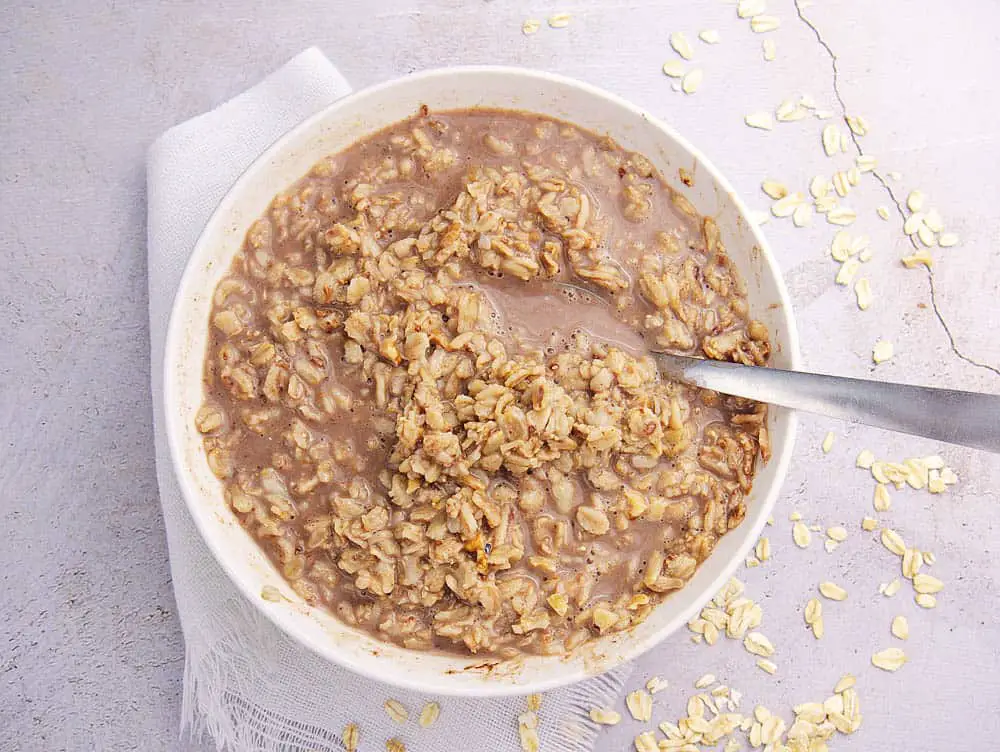
If you’re looking for low fat, low sodium, and high fibre way to maintain a healthy blood pressure level, then oatmeal was created specially for you. It is undeniable that having a breakfast of oatmeal is a wonderful way fuel up for the day.
In fact, one of the most famous breakfast options is overnight oatmeal. To make this delicious breakfast all you have to do is soak 1/2 cup of rolled oats in a 1/2 cup of nut milk in a jar. The next morning you can stir and add berries, granola, and cinnamon if you please.
6. Bananas
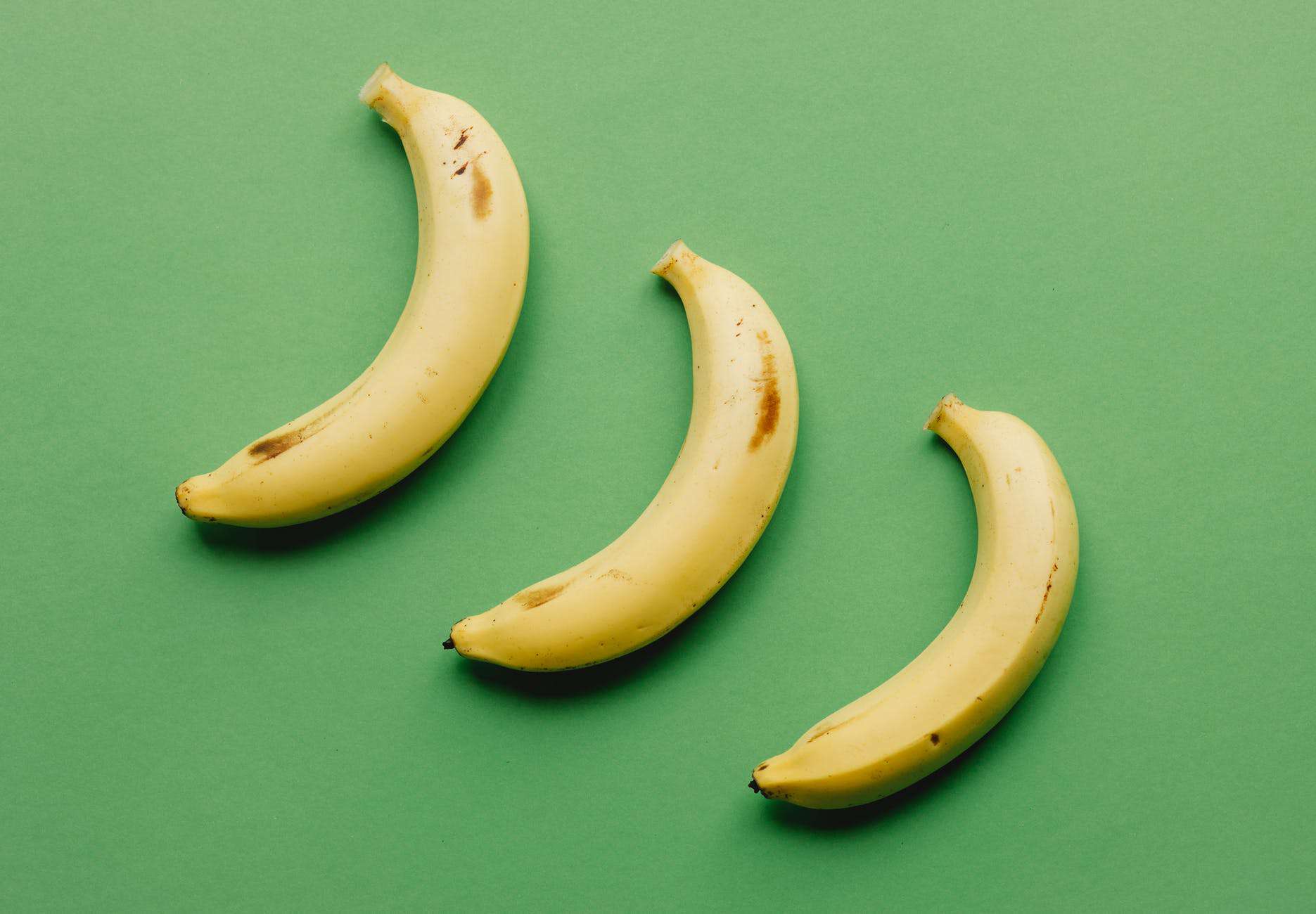
For so many reasons bananas are almost like the best fruit for anyone and everyone. Bananas are rich in potassium, and they make a healthier option than taking potassium supplements.
To add banana to your breakfast, you can slice a finger or two into your oatmeal or cereal for added potassium goodness, or you can take some to go with a hard-boiled egg for breakfast.
7. Mackerel, salmon, and fishes rich in omega-3s
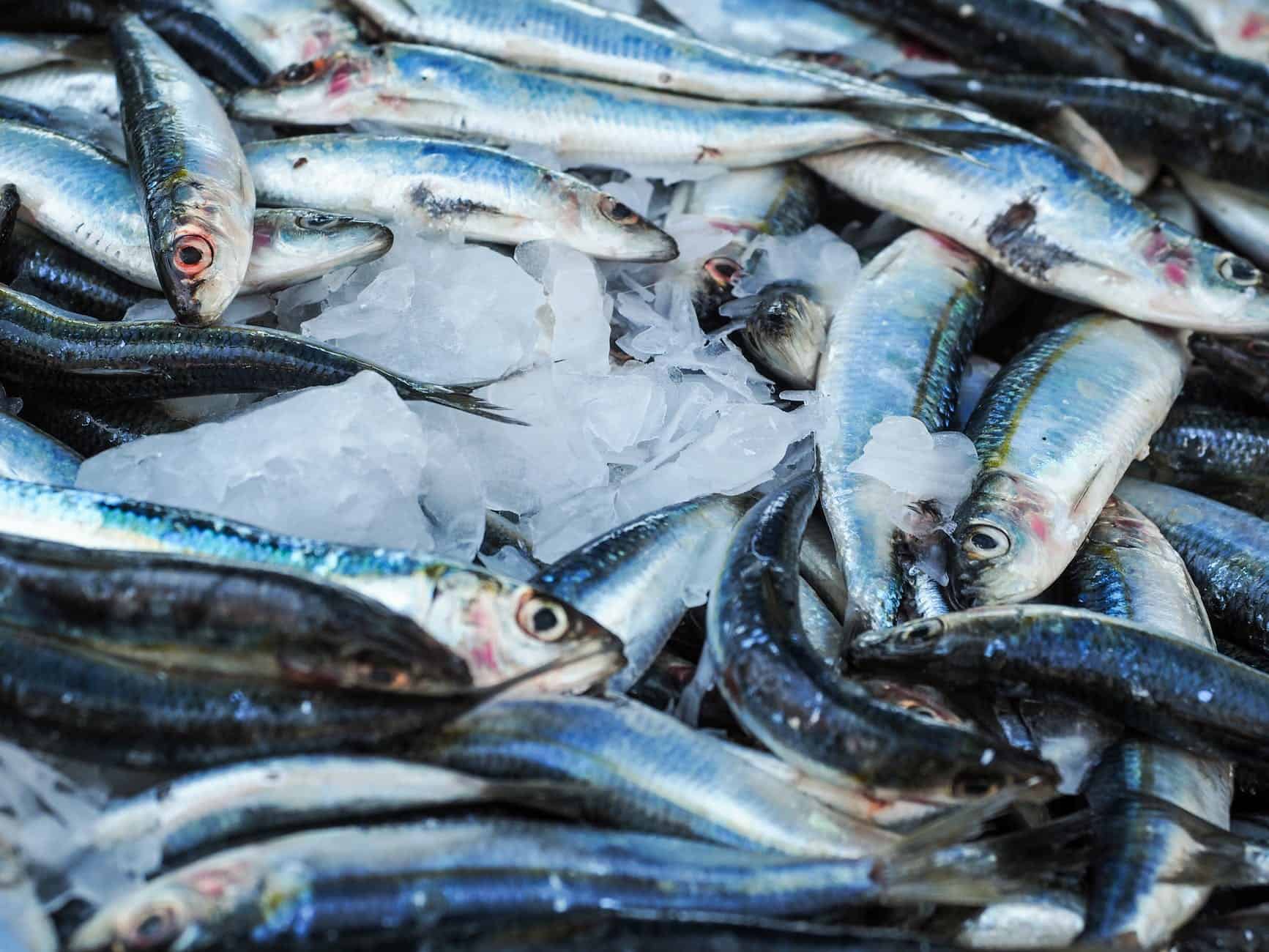
It is almost common knowledge that fish is an excellent source of lean protein. Fatty fish such as salmon and mackerel are rich in omega-3 fatty acid that can help to reduce inflammation, lower high blood pressure, and lower triglycerides.
Trout is also rich in vitamin-D, and it is very rare to find food that contains this hormone-like vitamin. Vitamin-D is very good and can help to lower a person’s blood pressure.
8. Garlic and herbs
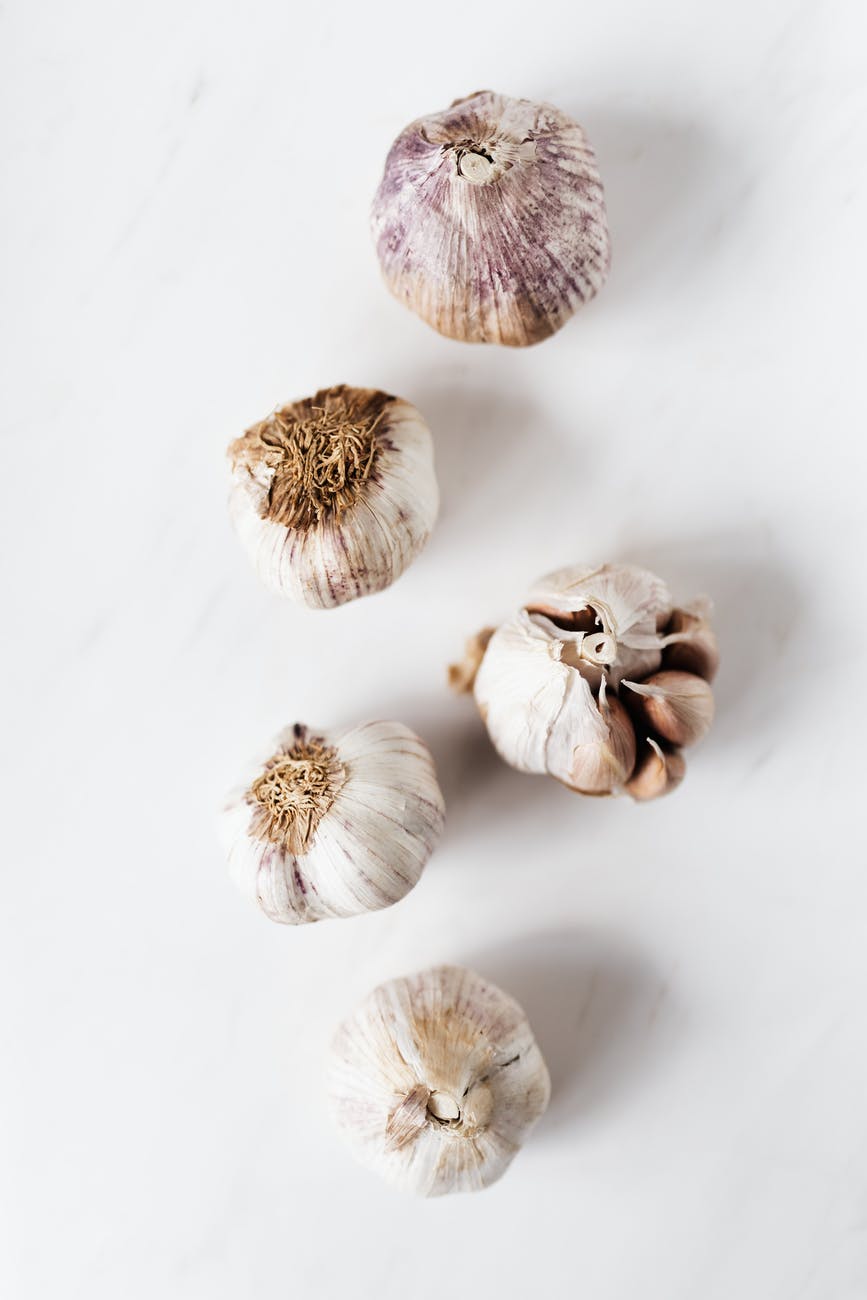
Garlic can increase the amount of nitric oxide in the body, and that will in turn help to lower blood pressure levels. Nitric oxide will help with the widening of arteries which will allow for a lower blood pressure level.
You can introduce some sweet spices like thyme and rosemary to your diet and watch how they help you reduce thought salt usage and improved your cardiovascular health.
9. Seeds
You probably have had no reason to believe you’ll be needing to eat some more seeds, but I’d have you know that unsalted seeds are healthy for your heart.
Sunflower seeds, squash seeds, and pumpkin seeds that are unsalted are usually rich in magnesium, potassium, and various other minerals that have been confirmed to help with the reduction of high blood pressure.
10. Olive oil
Olive oil is a healthier alternative for butter, canola oil, and commercial salad dressing.
These are only ten out of several options if healthy foods that can help you maintain healthy blood pressure. Remember, you are what you eat. Hence, it is best to always go for fresh and nutrient-rich foods instead junks that will end up tightening your arteries and increasing your blood pressure.

